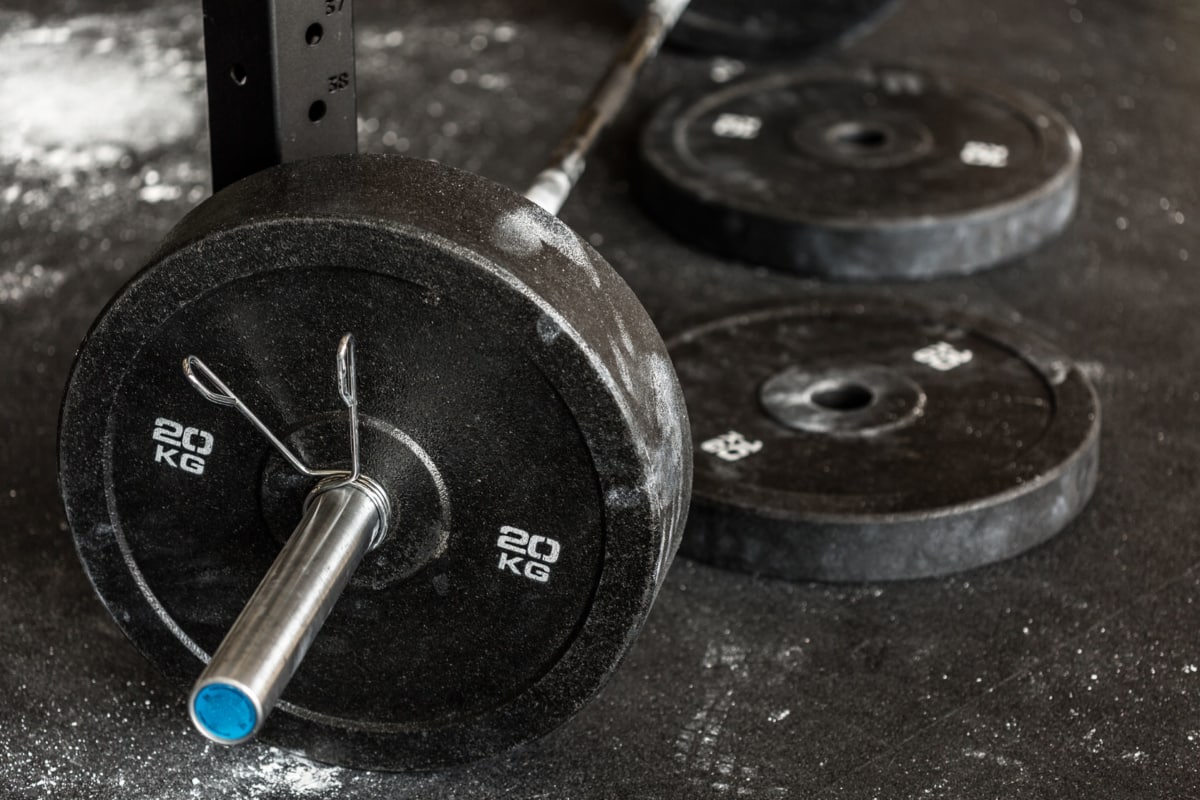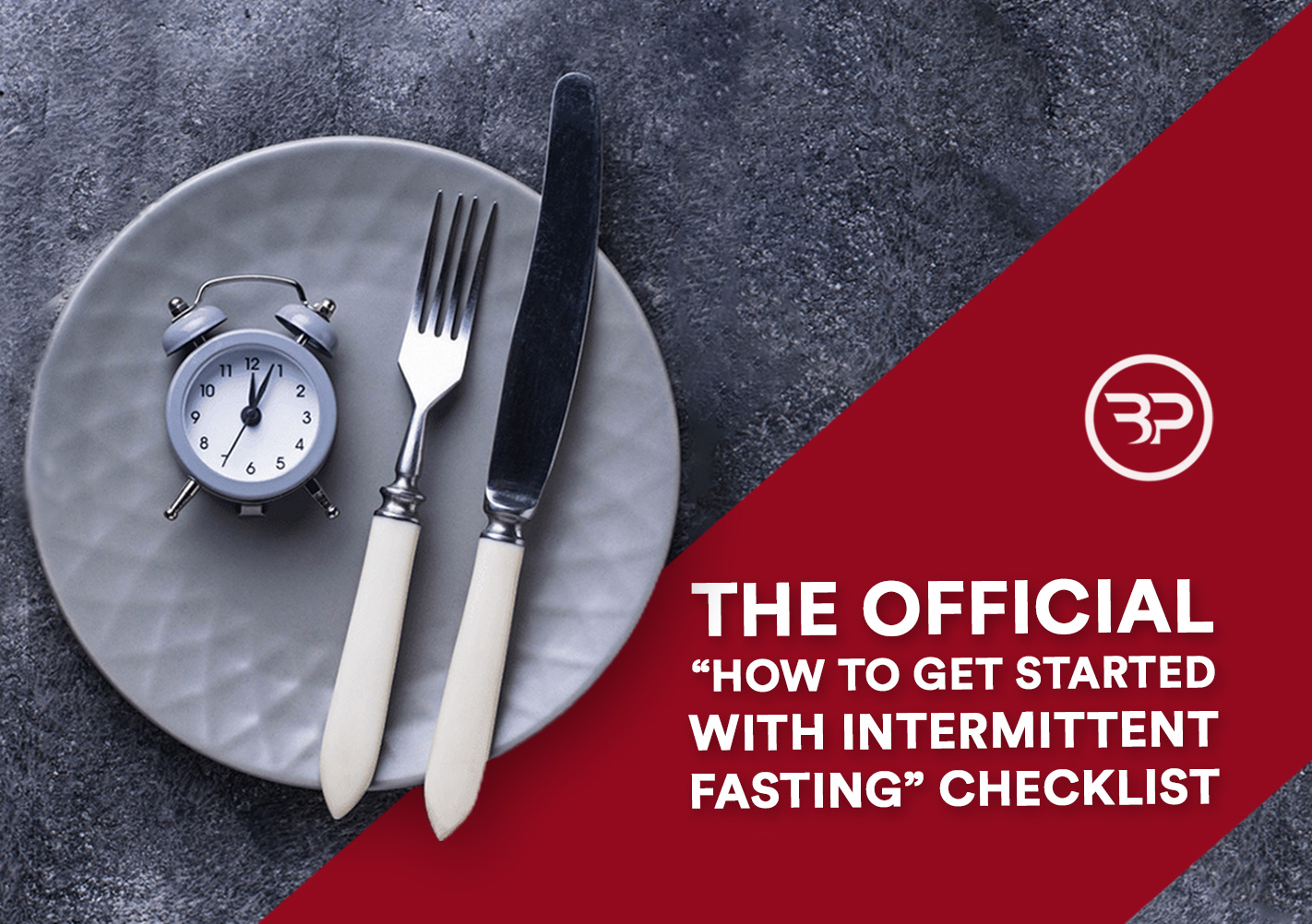Minimalist Training: Stop Making it so Damn Complicated
September 4, 2014
Maybe you’re an accountant during tax season, constrained by dozens of last-minute documents and sleeping under your desk.
Maybe you’re a full-time student working two jobs, managing your classes, and trying to have a social life.
Sound familiar? Sometimes everything else in life gets so damn hectic that we can’t fathom training. The thought of blitzing another training session with advanced methods and timed rest periods is too much to handle.
I understand, I’ve been there. This is when you should adopt minimalist training.
During different times of the year, I get slammed busy.
Coaching gets busy, and my writing and training take a back seat. That doesn’t mean I get lazy, half-ass my workouts, and stop making gains. Quite the opposite: I’m forced to hone in on what matters, what gets the best results, and rid my mind of all but the essential. I perform minimalist training sessions. It’s Pareto’s Principle, the good ole’ fashion 80:20, and eliminating all that is least efficient.
“It is quality rather than quantity that matters.” – Seneca
As a coach, I need to know the ins-and-outs of training protocols for clients and athletes.
It’s part of the job.
I need to know how to do them, how to progress/regress, and understand how the body reacts.
While it’s great to be well-versed in advanced training methods, it’s not necessary for most people.
Post-activation potentiation, dynamic effort training, strength curves, timed rest periods, bioenergetics, and understanding how your body responds to insulin is all gravy, but don’t get lost in sexy terms and complicated matters.
Before you lose your mind, switch-gears, and freak out over training ask yourself the following questions:
1.) Am I getting stronger? Progressive overload is and always will be the premier way to build muscle, gain strength, and improve your fitness.
2.) Does my nutrition reflect my goals? Looking to lose weight? Burn more calories than you consume and see the scale drop. Looking to gain muscle? If you’re not gaining the weight you’re looking for the answer is simple—eat more. Eat your greens, get plenty of protein, healthy fats, and consume carbs to match your activity levels.
3.) Does it hurt? Then don’t do it. Understand the difference between strain and pain. Strain builds your body and character, pain screams “back the hell away!”
4.) Am I focused? Are workouts taking two hours? Unless you’re an advanced athlete (often it’s still a stretch) focus on the essential and drop the rest. You’re here to train, not have social hour and do 27 exercises for your “anterior pelvic tilt” or tight lats. Get in, get out, and get focused on your training.
Stop multi-tasking and over-thinking every aspect of your training. Instead, Focus on your goal, and only your goal.
Focus only on what truly helps you reach your goal, and forget the rest.
Focus on One Goal:
1.Multitasking is less efficient. Switching back and forth between goals zaps focus takes more time, and often results in you abandoning your goal.
2.Multitasking is complicated, leaving you more prone to mistakes and stress. You’ll major in the minors and never build muscle, shred fat, and take control of your life.
3.Multitasking makes you GO CRAZY. In the information age, we need to reign in terror and find a calm medium.
Simple Goal Setting:
Pick a big goal, like gaining ten pounds of muscle.Following the goal, pick out what small, behaviors you can do each day for two weeks that will help you reach your goal. Once you have mastered and tracked that goal for two weeks, add to it with another behavior.
Here’s an example:
Main Goal:I want to gain 10 pounds of muscle
Behavior 1: Lift weights 3x per week focusing on squats, deadlifts, bench presses, and chin-ups (check off every day for two weeks)
Behavior 2: Consume a post-workout shake of 30g protein and 60g carbs. (check off every day for two weeks)
Behavior 3: Get at least 6 hours of sleep per night. (check off every day for two weeks)
Get the point? I work with my clients to add one behavior at a time for 12-week blocks. Taking things step by step, focusing on one goal at a time yields real, practical change no matter the goal.
Don’t be the “10-year guy” who despite his hard work, lives the same life with the same body, same frustrations, and exact same goal. It’s that guy we all know doing 3 sets of 10 with 135 on the bench press….every day.
Stop Making it So Damn Complicated and adopt Minimalist Training
We all have jobs, school, family life, and life stressors that we’re responsible for.
Stop complicating training and adding it to the mix.
Use training as a stress-relief, not second-guessing and listening to what your friend (the former trainer, since we all know a few) recommends.
Stop asking about how you compare to others, stop critiquing your selfies, and focus on your goal and only your goal.
More isn’t better, more is more. Adopt a minimalist training perspective. You’ll stay the simple course and reap big rewards.







